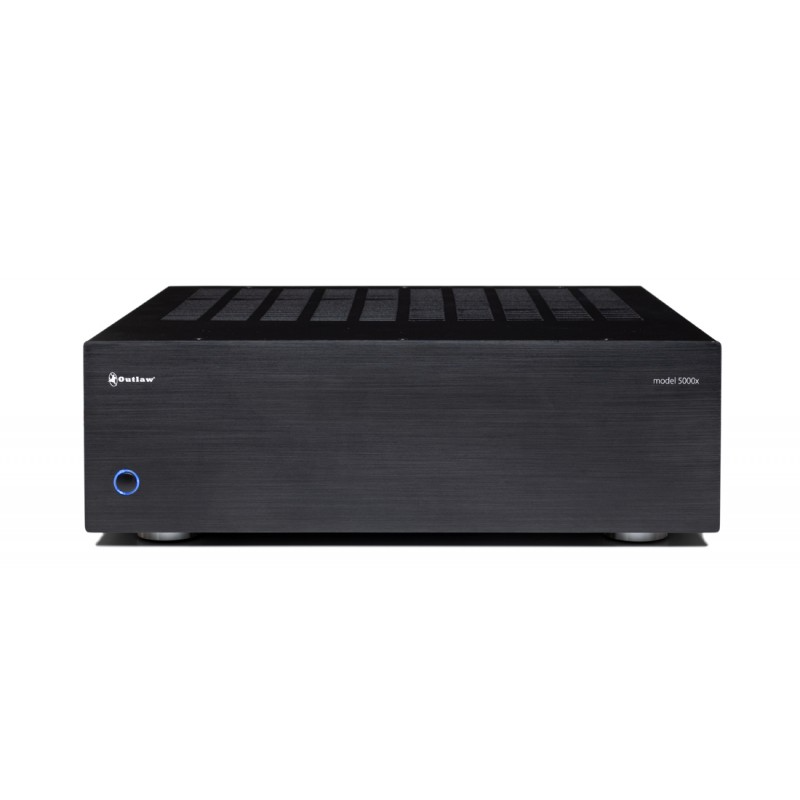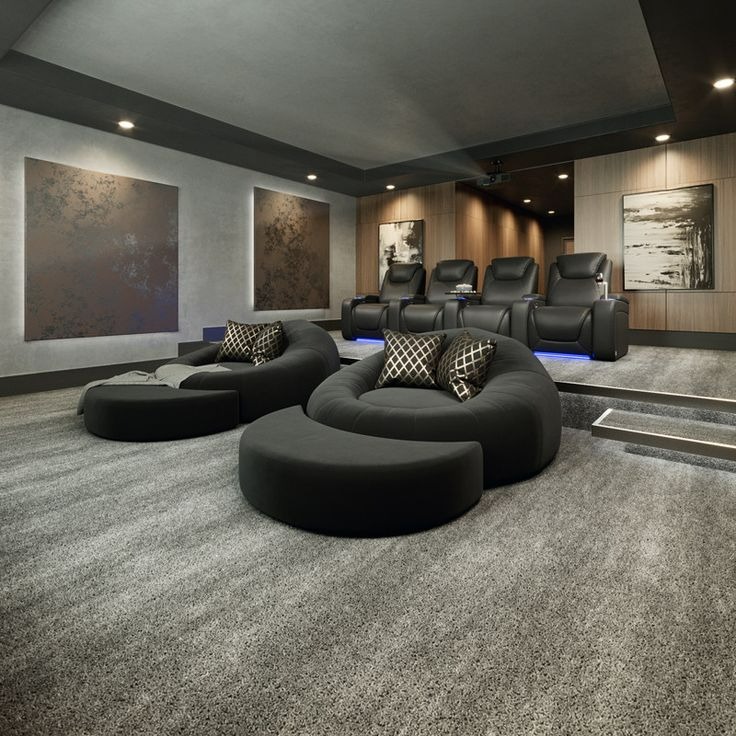Introduction
Home amplifiers are essential components for anyone who enjoys quality audio in their living space. Whether you are an audiophile or simply someone who appreciates music, an amplifier can significantly enhance your listening experience. This article will cover the basics, types of amplifiers, setup techniques, and common issues and solutions associated with home amplifiers. We will explore these topics in detail to help you make informed choices.
What Is a Home Amplifier?
A home amplifier, often called an audio amplifier, is an electronic device that boosts audio signals. Its primary function is to take a weak audio signal and make it strong enough to drive speakers. The amplifier achieves this by increasing the power levels of the audio signal. This allows speakers to produce sound at higher volumes without distortion.
Amplifiers can be found in various forms, from simple devices designed for Bluetooth speakers to complex systems intended for home theaters. Regardless of the complexity, the fundamental purpose remains the same: to improve audio output quality. With a home amplifier, you can enjoy clearer and louder sound, enriching your music-listening experience.
At its core, an amplifier operates using a straightforward principle. It takes an incoming audio signal, processes it, and amplifies it before sending it to the speakers. This creates a more robust sound output that captures the nuances of music, dialogue, or any audio content.
Benefits of Using a Home Amplifier
The benefits of using a home amplifier are numerous. First and foremost, a home amplifier enhances sound quality. This means clearer, more detailed audio that captures the essence of music or cinema. Listening to your favorite songs through an amplifier can transform your experience. You can hear instruments more distinctly and enjoy a fuller sound.
Another significant advantage is increased power. Many standard audio devices lack the power necessary to drive larger speakers effectively. With an amplifier, you can use high-quality speakers that require more power to deliver their full potential. This ensures that you get the most out of your audio system.
In addition to quality and power, amplifiers often feature various connectivity options. Many modern amplifiers support Bluetooth, Wi-Fi, USB, and even analog inputs. This means you can easily connect multiple devices, such as smartphones, computers, and even turntables, to your amplifier.
Finally, a home amplifier can provide a central hub for your audio system. By connecting various audio sources to one device, you can switch between different inputs without extra hassle. This makes it easier to enjoy your audio content without dealing with multiple remotes or switches.
Choosing the Right Home Amplifier
When selecting a home amplifier, several key factors need consideration. The first is wattage. This indicates how much power the amplifier can provide to your speakers. Higher wattage means more volume, but it also requires compatible speakers that can handle the power.
Next, think about compatibility. If you have existing audio equipment, ensure that the amplifier you choose can connect with it. Check for input types, such as HDMI, optical, or USB connections.
Your room size is another critical factor. A small room may not necessitate a high-powered amplifier, while a larger space might require more power to fill the area adequately.
Lastly, consider your budget. Amplifiers can range from affordable models to high-end options costing thousands of dollars. Determine what features are most important for your listening experience and find a model that meets those needs within your budget.
Types of Home Amplifiers
Home amplifiers come in various types, each serving a specific purpose. It’s essential to understand these types before making a purchase. The main categories include integrated amplifiers, power amplifiers, and preamplifiers.
Integrated Amplifiers
Integrated amplifiers combine both a preamplifier and a power amplifier in one unit. This design is convenient because it eliminates the need for multiple devices. Integrated amplifiers offer a straightforward solution for those who want to connect various audio sources without extra clutter. They typically have multiple input options, making switching between devices easy.
Power Amplifiers
Power amplifiers focus solely on amplifying the audio signal. They do not have built-in controls for switching inputs or managing volume. These devices are often used in more complex audio setups where a dedicated preamplifier is already in place. Power amplifiers generally deliver higher output, making them suitable for larger audio systems.
Preamplifiers
Preamplifiers serve as the first stage in the audio signal chain. They prepare low-level audio signals for amplification. A preamp essentially boosts weak signals from sources like turntables, microphones, or audio interfaces so that a power amplifier can further enhance the signal. While standalone preamps are less common in budget-friendly setups, they are essential in high-end audio configurations.
Surround Sound Receivers
Surround sound receivers are a specialized type of amplifier designed for home theaters. These devices can process multiple audio channels, creating a surround sound experience. They often include built-in decoding for various surround formats, such as Dolby Atmos or DTS:X.
These receivers may also offer features like video switching and streaming support. If you plan on creating a home theater system, a surround sound receiver could be the best choice to accommodate various audio and video sources.
Setting Up Your Home Amplifier
Once you have chosen the right amplifier for your needs, setting it up correctly is crucial. A proper setup ensures optimal sound quality and avoids issues that can arise from incorrect connections.
Positioning Your Amplifier
The first step in setup is positioning your amplifier. Place it in a well-ventilated area to prevent overheating. Avoid enclosing the amplifier in tight spaces. Heat buildup can lead to performance issues and shorten the device’s lifespan.
Ensure that you have adequate space for the necessary connections to other devices. Keep the amplifier close to your primary audio source, such as your TV or music player, for easier access.
Connecting Input Sources
Next, connect your input sources to the amplifier. Check the input options available on your amplifier and your audio sources. Most amplifiers feature RCA, optical, HDMI, and USB inputs. Use quality cables for the best audio performance.
If you’re connecting a turntable, ensure you use a phono input if your amplifier has one. Otherwise, a standalone preamp may be necessary to connect your turntable. Make sure all connections are secure to avoid signal loss.
Speaker Connections
After setting up the inputs, it’s time to connect your speakers. This process is generally straightforward but requires careful attention. Start by determining the correct speaker output terminals on the back of the amplifier. Most amplifiers will have marked terminals for positive and negative connections.
It’s crucial to connect the wires correctly. Mixing up the positive and negative can lead to phase issues, resulting in poor sound quality. Use quality speaker wire that suits your setup’s distance and power requirements.
If you’re using multiple speakers, check if your amplifier supports the total impedance of all connected speakers. Mismatched impedance can lead to limited performance or damage the amplifier.
Final Testing
Once everything is connected, it’s time to test your system. Power on your amplifier and all connected devices. Start with a moderate volume level to avoid sudden loud sounds that may damage your speakers. Play a track you’re familiar with and listen closely.
Adjust the volume and equalization settings based on your preferences. Take time to find the right balance that works for your space. If you notice any distortion, check your connections.
Common Issues with Home Amplifiers
Even the best amplifiers can have issues. Understanding common problems helps troubleshoot effectively. Here are a few of the most frequent issues and how to address them.
Distorted Sound
Distorted sound is one of the most common complaints among users. This often indicates that the amplifier is being pushed beyond its limits, or poor-quality connections may exist. If distortion occurs at higher volumes, it could mean you need a more powerful amplifier. Check your connections to ensure they are secure and use quality cables.
Overheating
Amplifiers can overheat if not adequately ventilated. If you notice your amplifier getting excessively hot, make sure it is placed in a well-ventilated area. If overheating persists, it could indicate internal issues. In this case, consult the manufacturer or a professional.
Connectivity Issues
Sometimes users face connectivity issues between the amplifier and their devices. This can be due to incompatible cables, faulty inputs, or simple user error. Double-check that all connections are correctly made and secure. If using a wireless connection, ensure the devices are properly paired.
Buzzing or Humming Sounds
Buzzing or humming often indicates interference from other electrical devices. This issue usually arises when grounding is inadequate. Ensure that all your components are properly grounded. You might also try relocating the amplifier away from potential interference sources like routers, power supplies, and even other audio equipment.
Conclusion: Choosing the Right Home Amplifier for You
Buying a home amplifier can transform your audio experience. The right choice enriches your music, movies, and other audio content.
Start by examining your needs: consider factors like wattage, budget, and compatibility. Take a good look at the various types of amplifiers available. Remember to set up your amplifier correctly for optimal performance.
Finally, don’t hesitate to troubleshoot any issues that arise. With the right amplifier, you’ll be well on your way to enjoying high-quality audio at home. Whether you’re blasting your favorite playlist or watching a movie, a good amplifier will enhance your enjoyment. Happy listening!





